
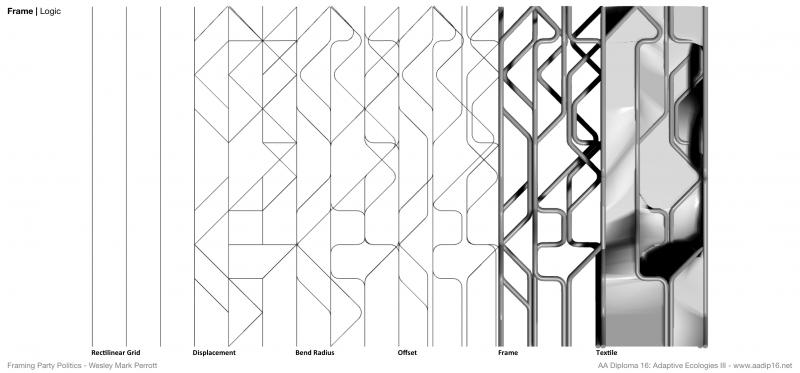
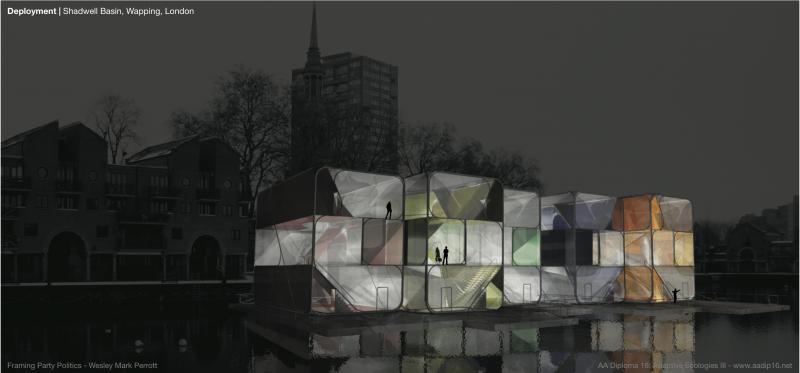
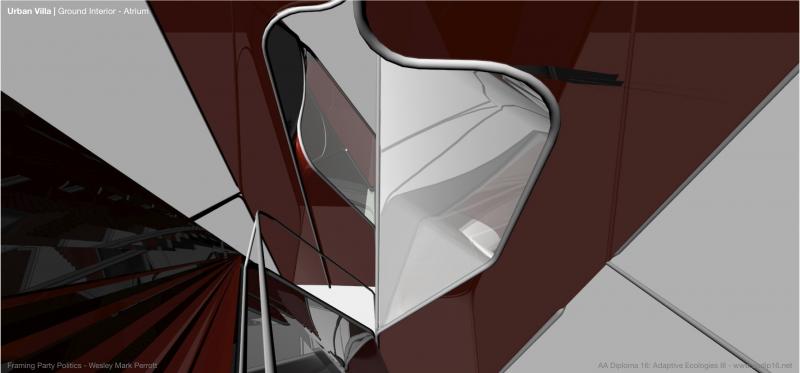
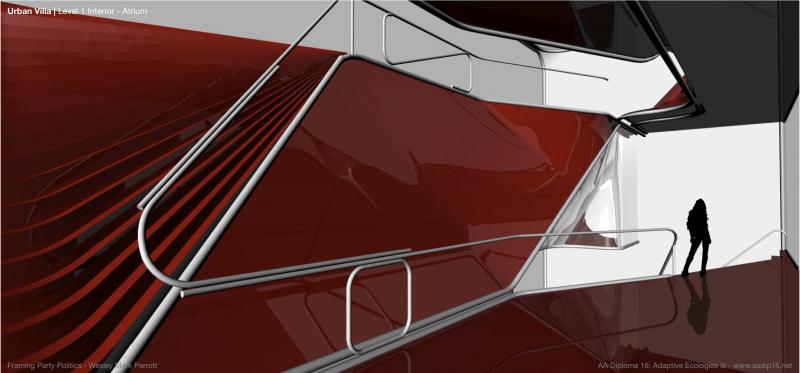


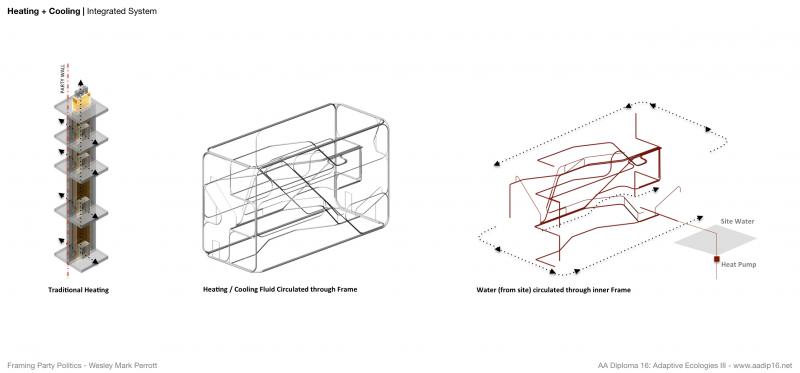
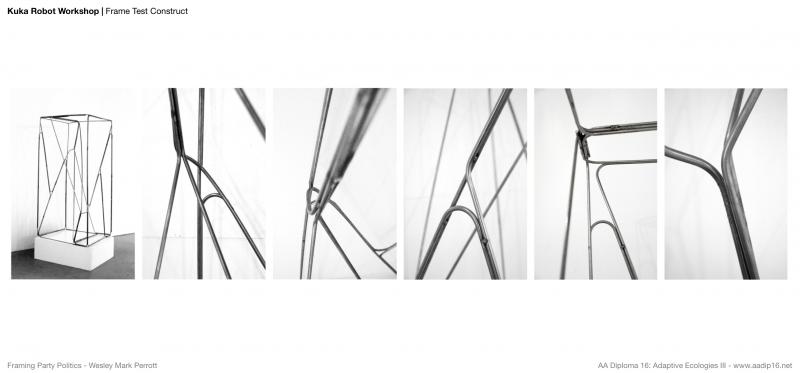
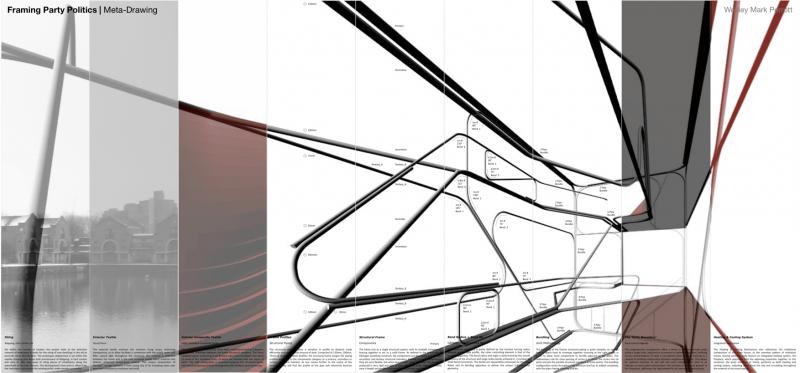
Set within the context of London, the thesis redefines the existing vernacular of the UK’s Town House typology by replacing the traditional masonry structural system, with a frame and textile material composition. Exploiting the shift in materiality, the proposal dedicates itself to disintegrating the conventional methods of spatial division by employing the frame and textile as a catalyst for building relationships between neighbouring parties. Utilising co-habiting zones to renegotiate the boundaries of ownership and circulatory systems, the inclusion of ‘common ground’ addresses the requirement for an innovative housing type accommodating for the increasing existence of co-habitation & shared living structures. Sited in historic Wapping, the prototype's deployment offers new ways of siting places of inhabitancy along the the river Thames and London's waterways as local and global strategy for urban densification.